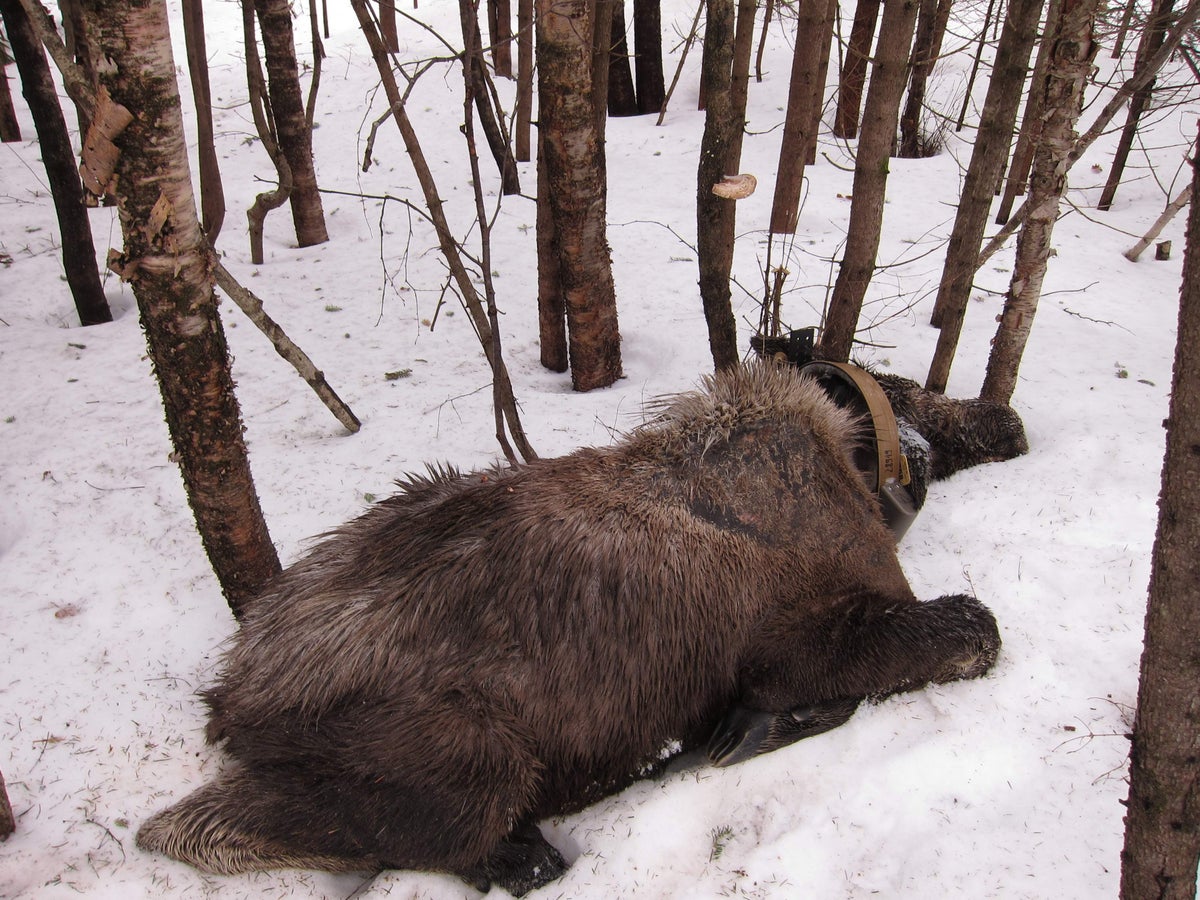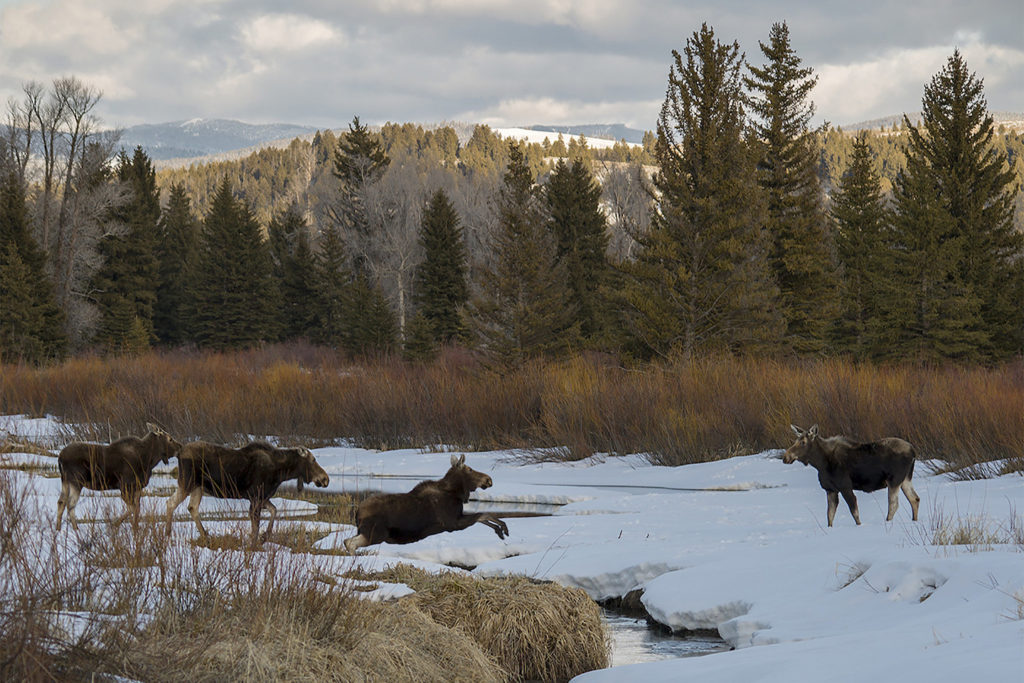Buzz, in regards to early green up> I think only in modern times due to satellite imagery can the data be accurate. Who was recording spring green up in wyoming in the 1820's thru the 1870's and what were the benchmarks? Weather changes from year to year yes. Maybe all those invasives help add to an earlier green up also. Winter annual >cheatgrassThen how do you explain earlier green ups since records have been kept? Conifer encroachment into alpine areas that haven't ever had conifers present? Changes in plant communities and types across elevation and latitudes across the West.
Look pal, this isn't going to turn into a what is causing climate change debate, because I don't care about that. But to deny that things aren't changing also isn't going to turn into a debate either. I see it all the time.
Conifer encroachment> biggest factor has to be livestock grazing. Something new to the state of wyoming since we have been recording anything in the state ha ha> Hell all the data we have is with those non native grazers so lets blame the climate and not the cows & sheep who are invasive in those areas and eating the plants selectively and changing the species diversity. Changes in plant communities> we have invasive non native plants everywhere spread by Humans maybe they just tolerate and benefit from livestock grazing. Humans selectively manage the range and forests why wouldn't there be changes in plant species after our selections and management ???
Come on man stop blaming global warming/climate change as a cause for everything. The real problem is people, we have been manipulating these habitats to get what we want from them since we set foot on them> Fur/grazing/meat/timber/killing every predator/ stocking predators. We play god and idiots that are doing the management think they know better. Your gonna have changes in the landscape with humans manipulating it from all angles to get and do what they want with it. Stop blaming the other guy with the global warming scam!









